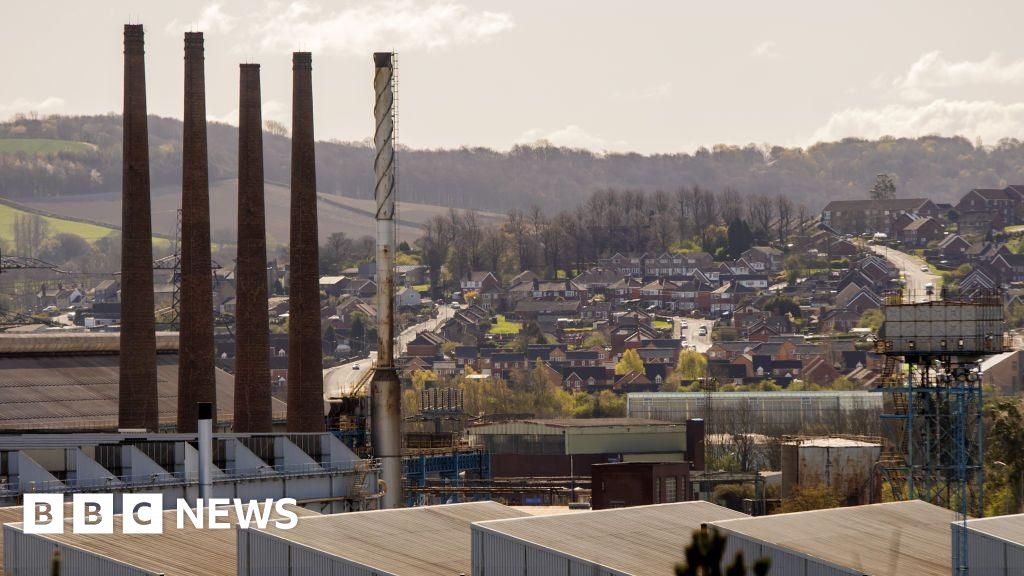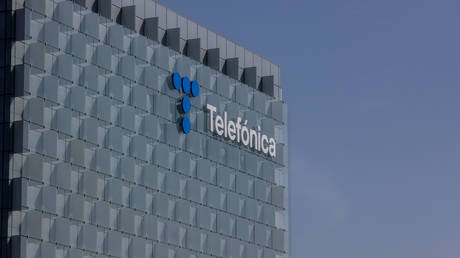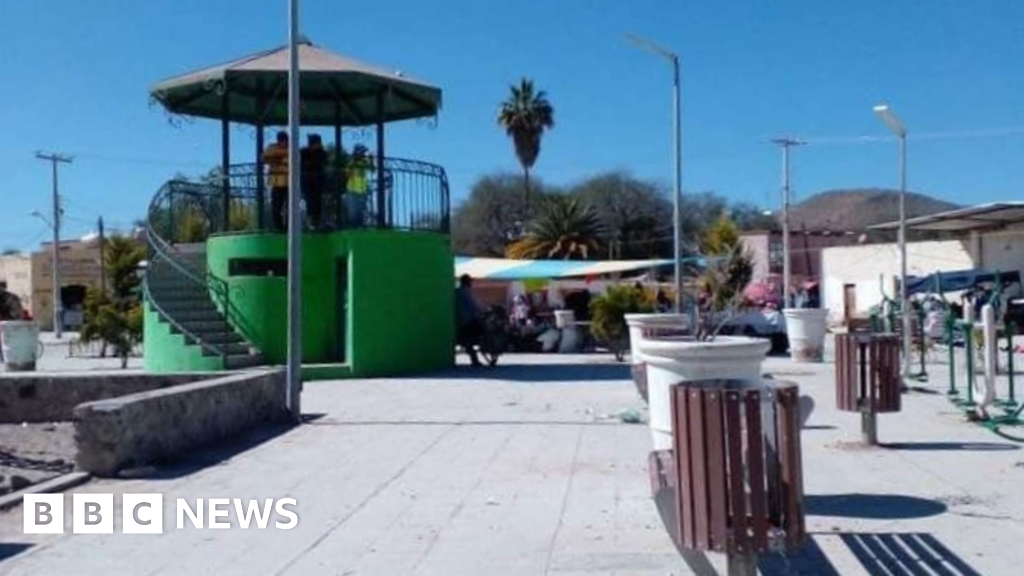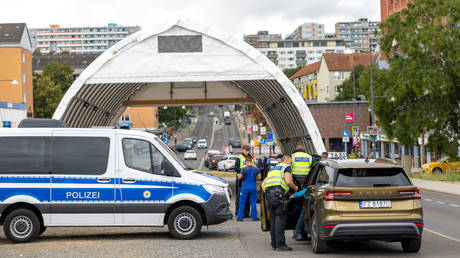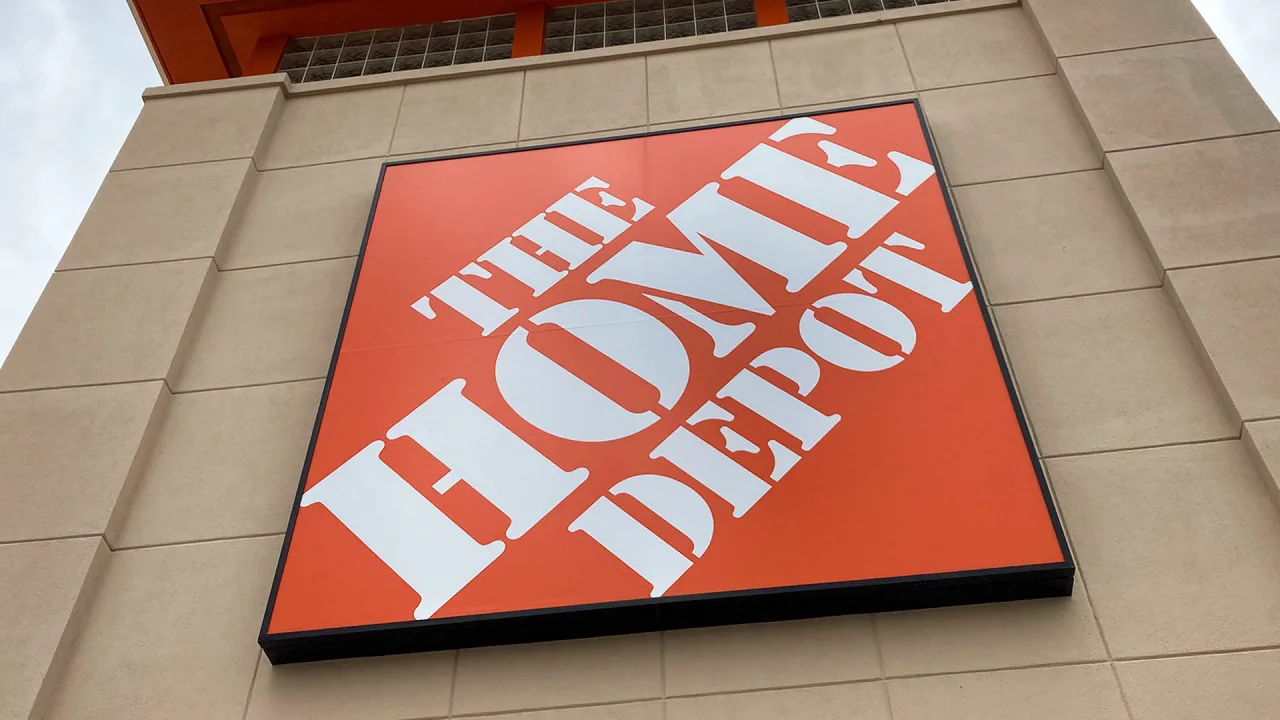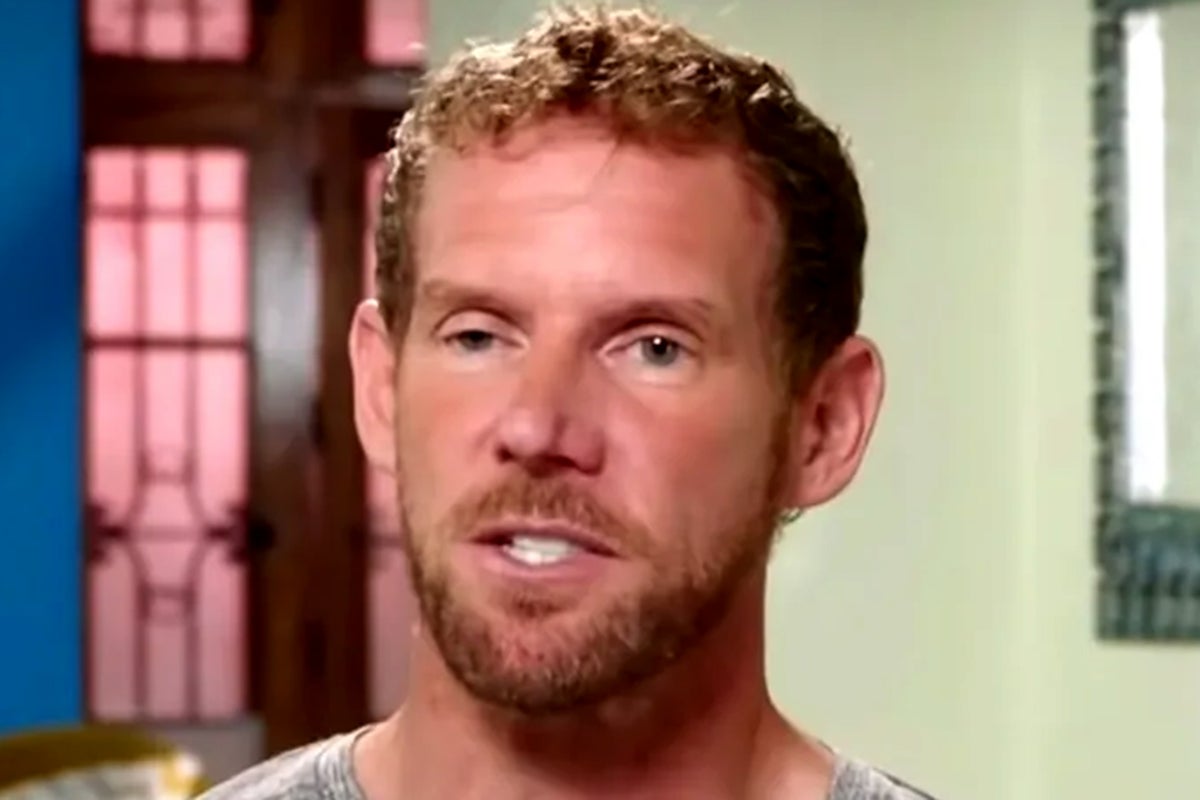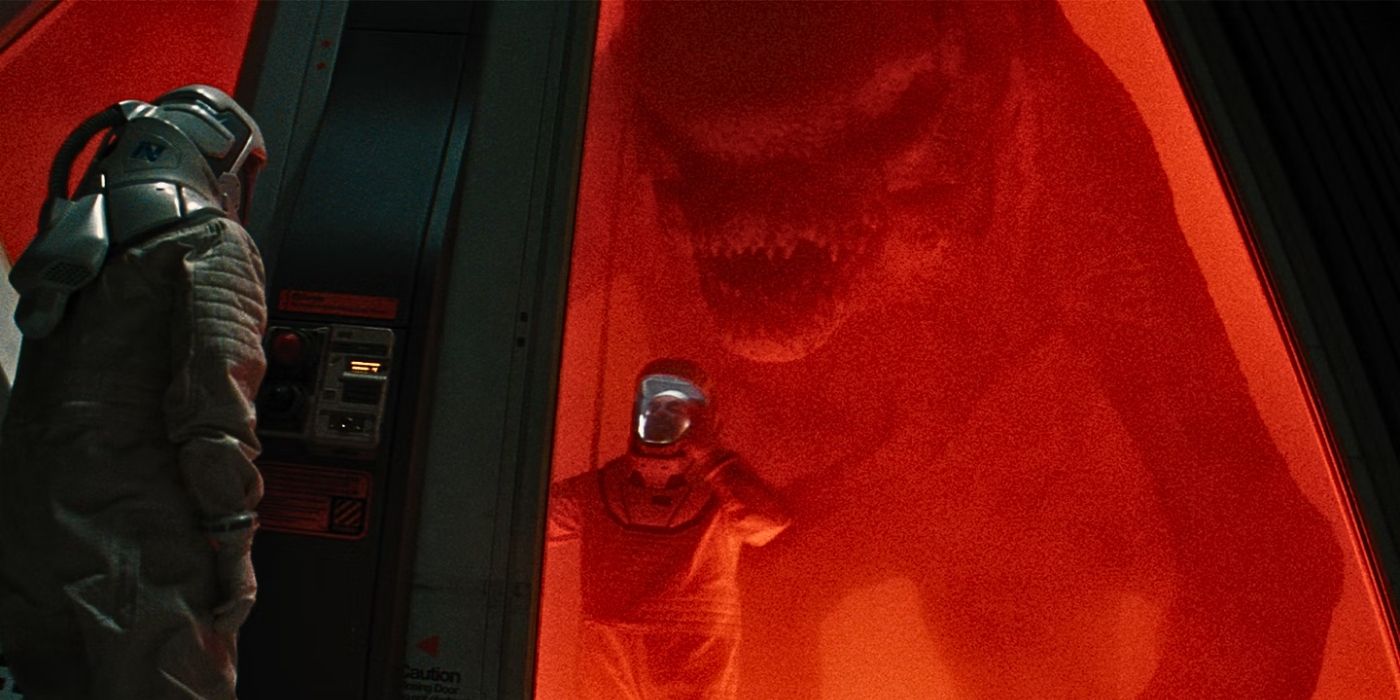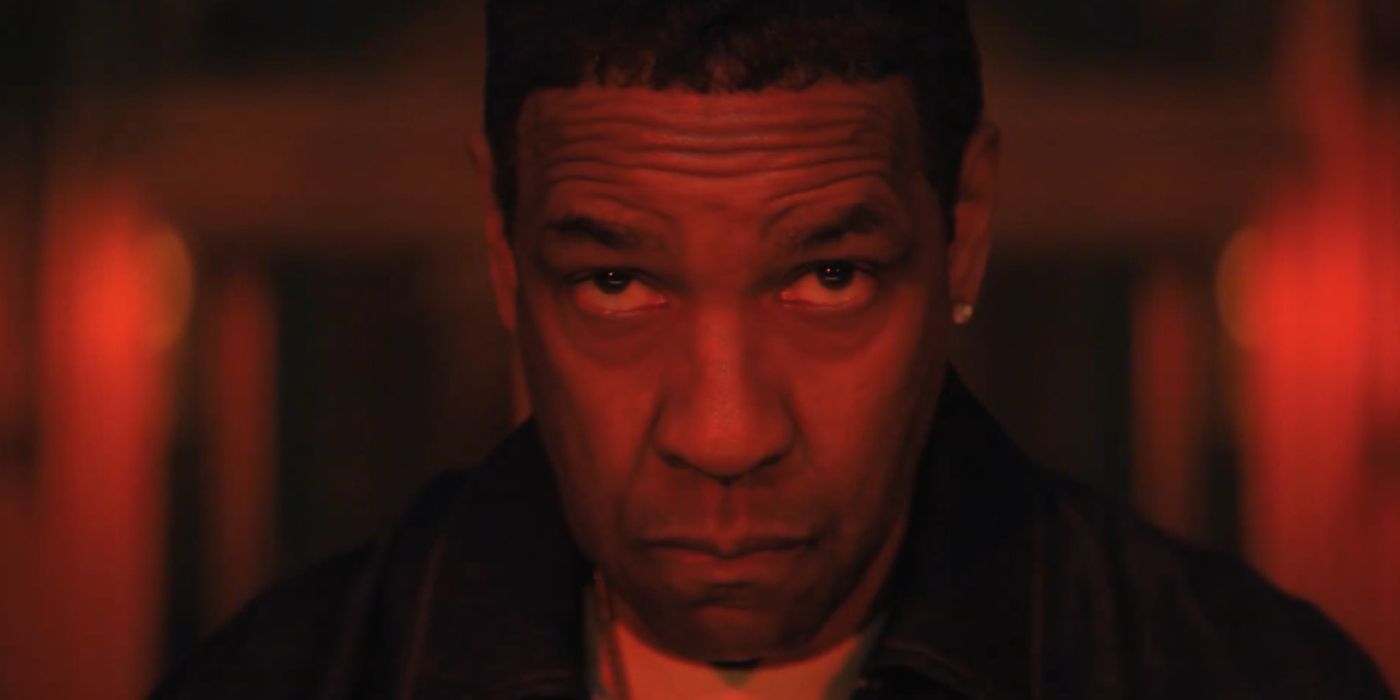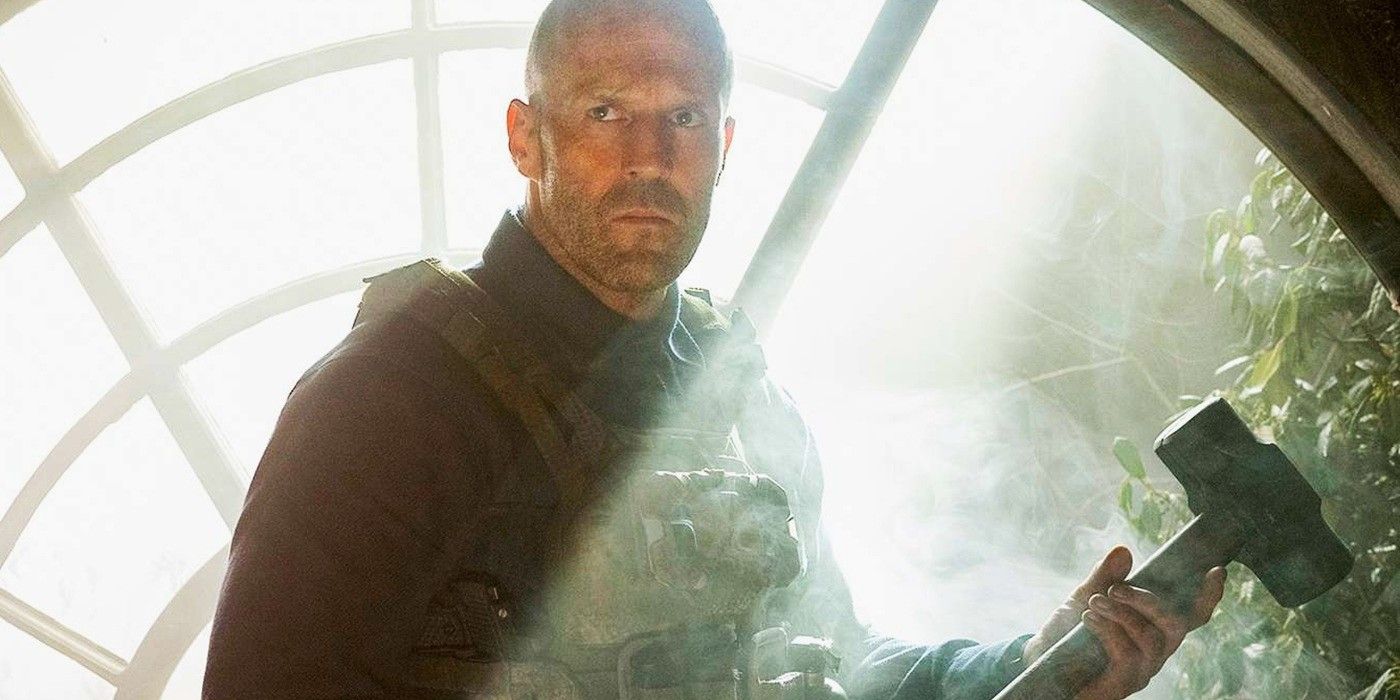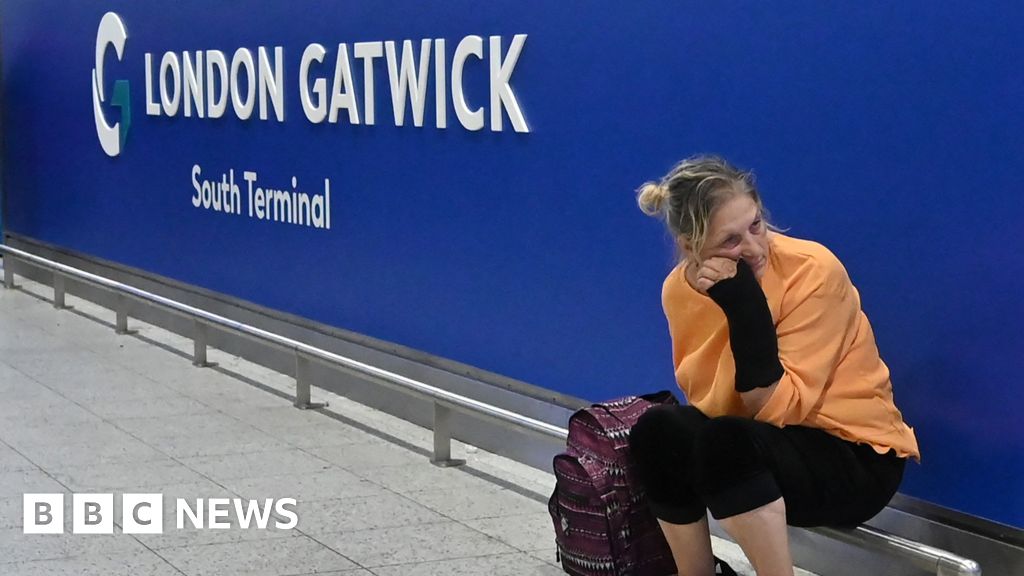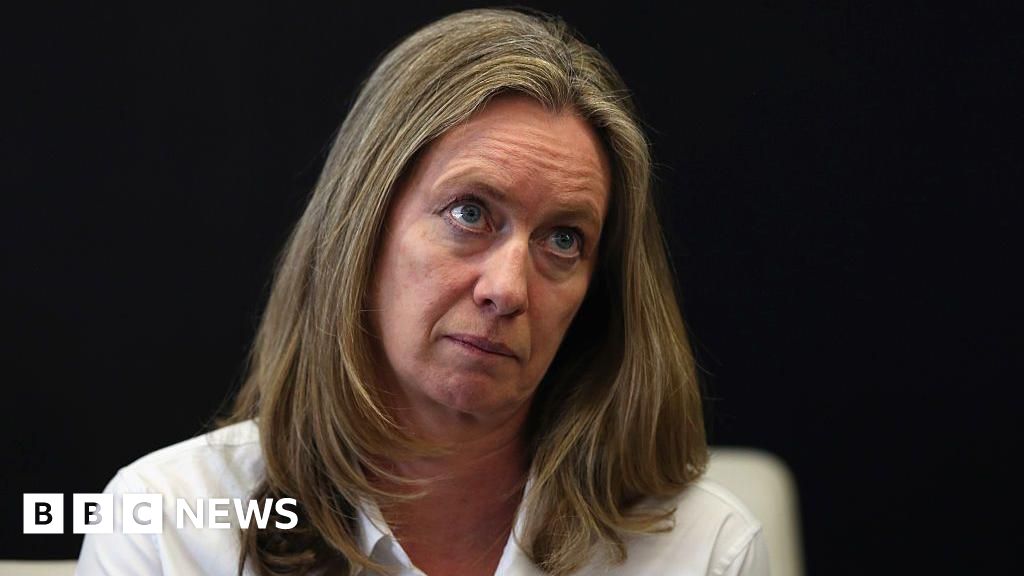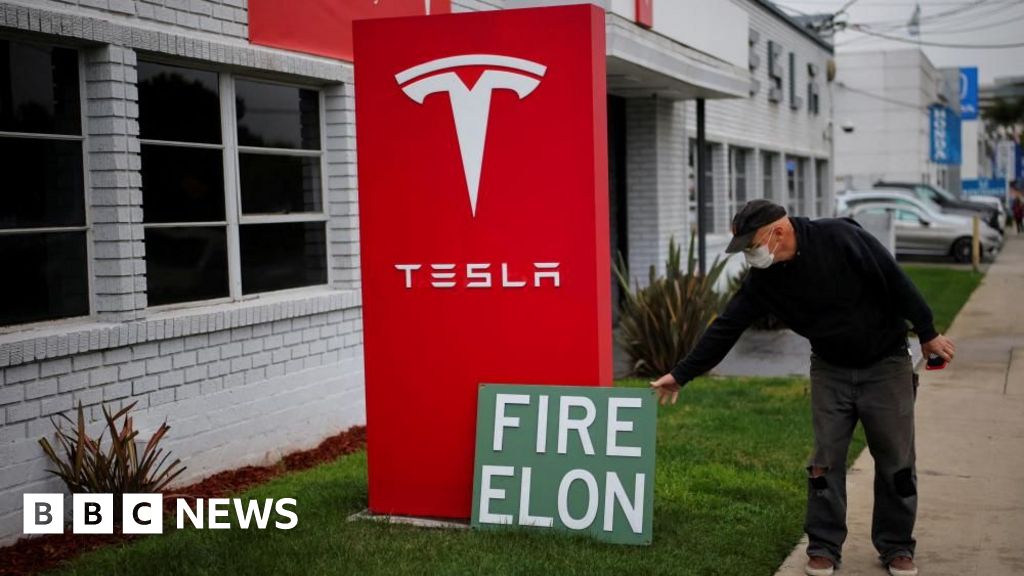High-speed rail is on life support in Texas. Can a hedge fund save it?
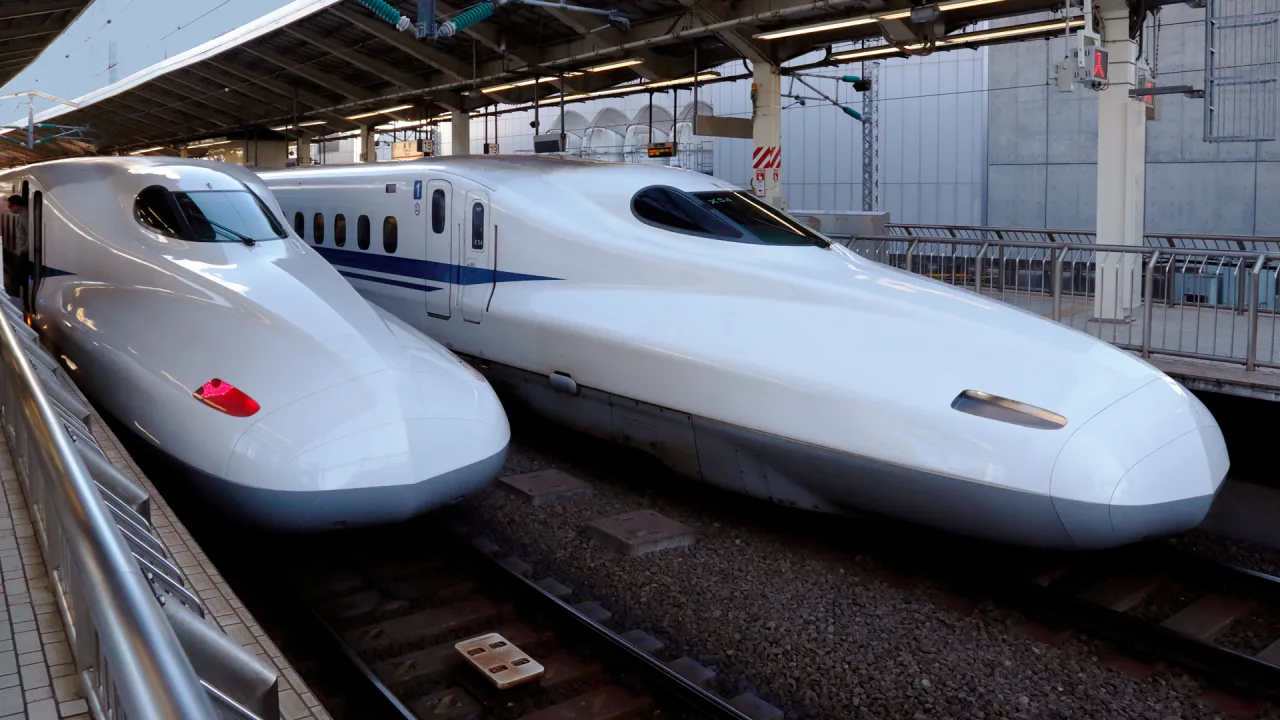
Dallas and Houston are just 250 miles apart, but a train trip between the two cities currently takes more than 23 hours, including a seven-hour stopover in San Antonio’s Amtrak station. The Texas Central high-speed rail project aims to change that.
The proposed project would cut the travel time down between the nation’s fourth- and fifth-largest metro areas to 90 minutes, using Japanese technology to propel the trains 200-plus mph. It also would include a stop in the Brazos Valley.
Former President Joe Biden’s Department of Transportation was eager to help advance the project. Amtrak came aboard in August 2023 to determine if it was viable. The DOT also issued a $63.9 million planning grant last year.
But the DOT under President Donald Trump quickly reversed course. Last month, the department announced that it had rescinded the grant and that Amtrak would no longer be involved in the project.
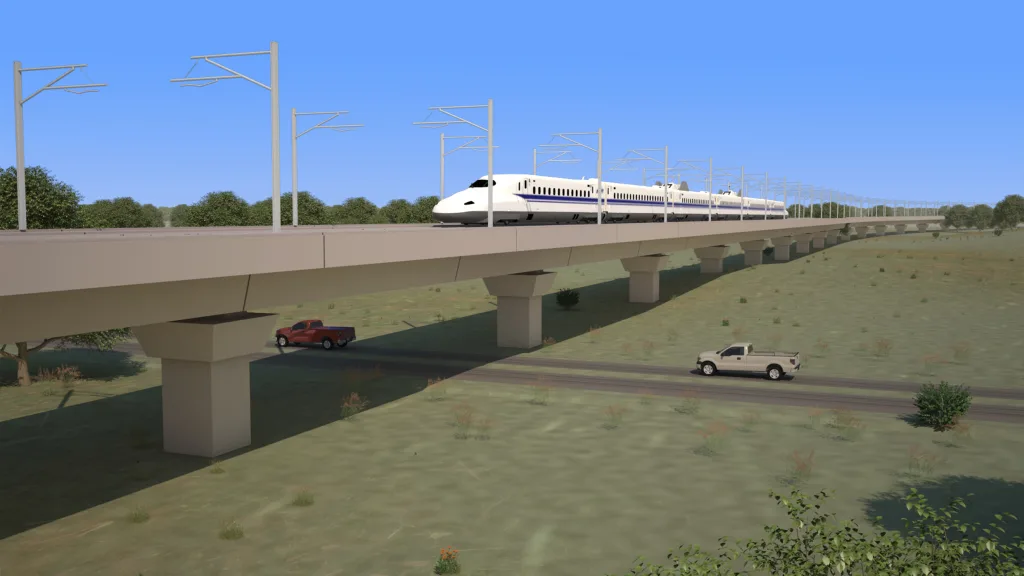
“If the private sector believes this project is feasible, they should carry the preconstruction work forward, rather than relying on Amtrak and the American taxpayer to bail them out,” Transportation Secretary Sean Duffy stated in the news release announcing that the department was canceling the $63.9 million grant.
The move comes as the U.S. continues to lag behind other wealthy countries in its pursuit of high-speed rail—a mode of transport that’s safer, more efficient, and more sustainable than traveling by car. High-speed trains can cover the 820 miles between Beijing and Shanghai in a little over four hours. In Europe, a new high-speed train connecting Paris and Berlin launched in December.
Even though it’s a red state, Texas has recently been pursuing high speed rail—and it could certainly use it. For example, Houston ranks among the 10 most congested cities in the country and among the 10 most polluted. The state of Texas hasn’t gone a day without a death on its roads since November 7, 2000.
High-speed rail in a pro-car administration
The Trump administration’s early actions show that the next four years are likely to be challenging for high-speed rail projects. The DOT has set its sights on two of the country’s three most advanced high-speed rail projects. In February, it announced a review of a high-speed rail project in California—another state with air quality and congestion issues—that would connect San Francisco and Anaheim.
Eric Goldwyn, an assistant professor at New York University’s Marron Institute of Urban Management, said it’s not a great moment to be working on a high-speed rail project—particularly one that needs public funding. That said, it’s not totally clear how the Trump administration will come down on projects that rely on private financing.

“Right now, it sort of has the feeling of dramatic statements coming from USDOT and dramatic gestures, but less substantive actions,” Goldwyn said.
Trump’s DOT seems to favor privately funded projects. In the announcement about the California High Speed Rail probe, the department praised Brightline, a private company that operates a rail line between Orlando and Miami and plans to open another line between the Los Angeles area and Las Vegas in 2028. Even those projects require public support, including a $3 billion grant for Brightline West—of which the company has spent $98 million thus far. The San Bernardino County Transportation Authority also received $25 million from the federal government for Brightline West stations in Hesperia and Victor Valley, California.
The long and winding history of Texas Central
The Texas Central project has seen many iterations since it first kicked off in 2014. In fact, the state’s efforts to build high-speed rail go back to 1989 when it created the Texas High Speed Rail Authority. As for Texas Central, it appeared to be dead when transportation projects nationwide slowed to a halt during the pandemic, but the partnership with Amtrak helped to revive it.
Peter LeCody has been advocating for high-speed rail in Texas since the early 2000s and has watched the entire Texas Central battle play out. LeCody, who’s the president of the Texas Rail Advocates, sees a line between the two cities as a no-brainer.
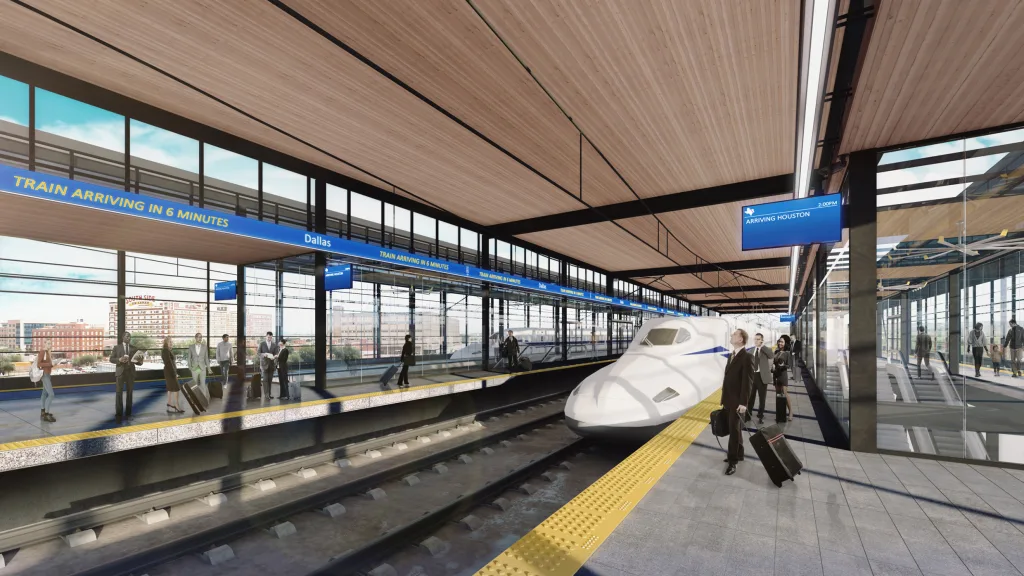
“You’ve got two of the largest population areas in the country that really don’t have much of a transportation system, unless A. you want to drive, or B. you want to fly,” he said.
Now, he said the project is on the “10-yard line,” because of the regulatory hurdles it has cleared. The FRA approved the route in 2020. The Texas Supreme Court ruled that the Texas Central project had eminent domain authority in 2022.
The preference for privately backed rail projects could portend well for the Texas project. As Amtrak exits the project, Texas Central has turned to the private sector. Kleinheinz Capital Partners, a Fort Worth-based hedge fund, became the lead investor on the project earlier this year, although they declined to share specifics about how much they had invested so far.
(Kleinheinz Capital did not respond to a request for an interview but in a statement said the project was “shovel ready” and would create new jobs in Texas. “We agree with Secretary Duffy that this project should be led by the private sector, and we will be proud to take it forward.”)
A representative from Texas Central told Texas legislators the project could be completed in 80 to 86 months during an April 17 hearing. John Kleinheinz, the company’s CEO, told the Houston Chronicle that he believes the Trump administration is “interested in this deal” if it comes from the private sector.
Kleinheinz, a longtime Republican donor, will likely be looking to bring aboard additional investors to push the project across the finish line. The DOT news release stated that the project cost is $40 billion.
A project with bipartisan support—kind of
Despite having some bipartisan support, skeptics and opponents remain. In November, State Representative Brian Harrison filed a bill seeking to strip Texas Central of its eminent domain authority. State Representative Cody Harris filed a bill that would bar the state from spending on a high-speed rail project operated by a private entity. It also would forbid the state from spending money to alter the roadway for high-speed rail.
“For years, I’ve led the fight to expose the truth about Texas Central and protect our landowners from an overreaching, taxpayer-funded boondoggle,” Harris said in a statement.
At the time of publication, neither Harrison’s nor Harris’s bills have been voted on by the Texas House of Representatives.
ReRoute the Route is one of the groups opposed to the project. While they aren’t opposed to high speed rail in theory, the group says it wants the rail’s alignment moved from its currently proposed route to run alongside I-45—the highway that connects Houston and Dallas—instead.
ReRoute the Route spokesperson Jennifer Stevens said the organization wants the project to proceed without “taxpayer dollars,” but said she isn’t confident Kleinheinz is the right person to lead the project.
“We’ve had a lot of discussion about his overall lack of knowledge or experience in the rail industry,” she said. Stevens added that her group has not met with Kleinheinz, who has been an investor in the project for 10 years.
Jim Mathews, president and CEO of the Rail Passengers Association, said high-speed rail projects should be seen as an enticing investment for private entities.
“All these rail investments, they’re very capital-intensive, but they return enormous, enormous multiples on what you put into them,” he said. “When you put the money in, you get alongside it mixed-use, retail, condo buildings, high-rises. . . . That, in turn, generates additional economic activities.”

He added that the DOT’s decision to rescind the grant isn’t necessarily a death blow to the project, but he said government money is typically needed for well-run high-speed rail systems.
High-speed rail doesn’t exist yet in the U.S., Mathews said. In fact, it’s so unique that the FRA needed to create a special set of rules for the Texas Central project. But he and other advocates say high-speed rail is attractive to Americans. A 2015 APTA survey found that 63% of Americans said they were likely to use high-speed rail if it were available to them.
“From a policy and a psychology standpoint, we tie bricks around our ankles and then we wonder why we can’t run,” Mathews said. “It gets done everywhere else. We’re just uniquely bad at it. There’s no reason we have to be.”
What's Your Reaction?
 Like
0
Like
0
 Dislike
0
Dislike
0
 Love
0
Love
0
 Funny
0
Funny
0
 Angry
0
Angry
0
 Sad
0
Sad
0
 Wow
0
Wow
0


